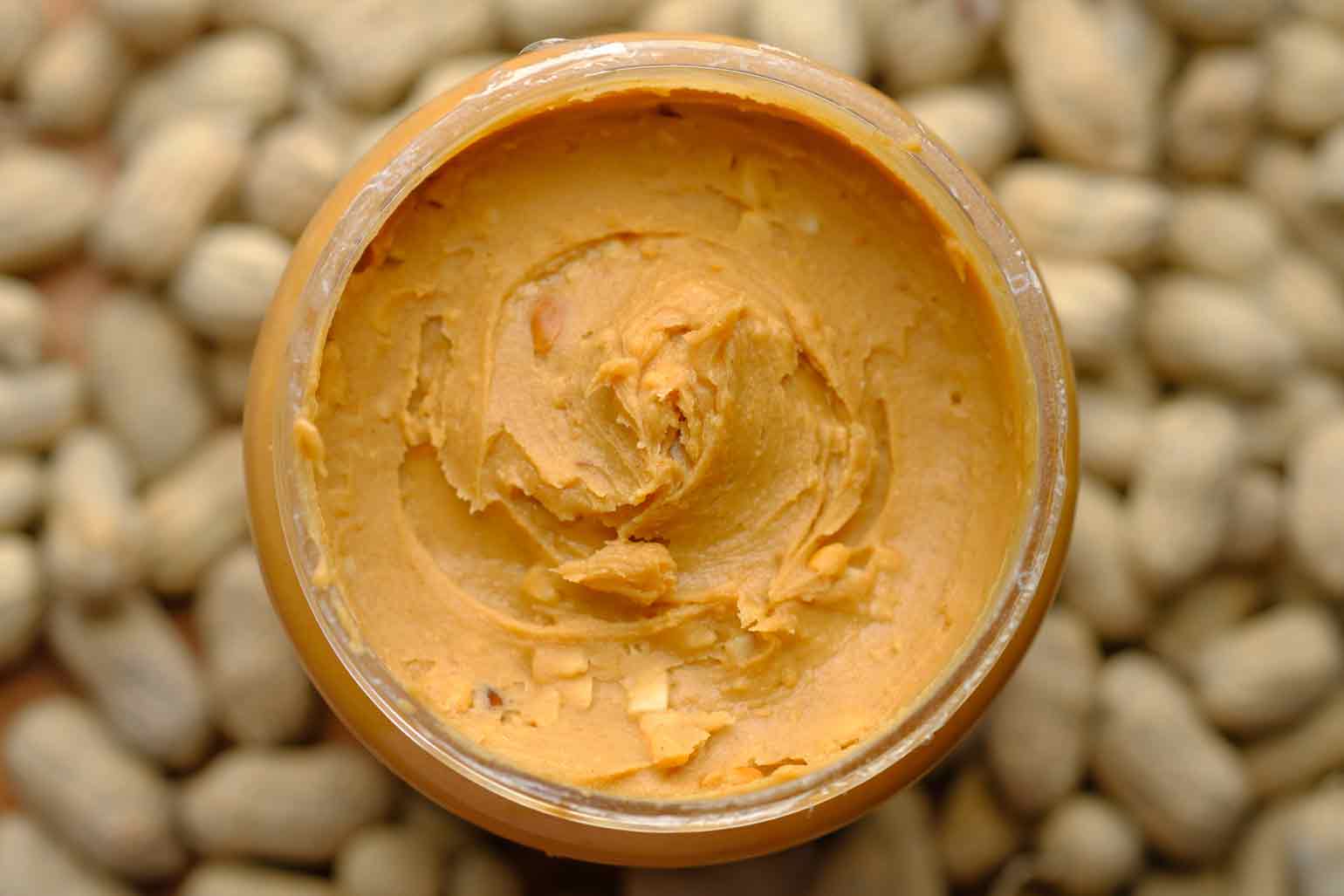
Bacteria set up in batches of Skippy peanut adulation has urged a recall in 16 countries.
Unilever issued a press release stating that Skippy Reduced Fat Creamy Peanut Butter Spread and Skippy Reduced Fat Super Chunk Peanut Butter Spread are being recalled in several countries because they may be defiled with Salmonella.
No ails to date have been reported affiliated to the recall, the release says.
The product was distributed in Arkansas, Connecticut, Delaware, Illinois, Iowa, Maine, Minnesota, Missouri, Nebraska, New Hampshire, New Jersey, New York, North Dakota, Pennsylvania, Virginia and Wisconsin.
The affected products are packaged in a16.3 oz plastic jar and have UPCs 048001006812 and 048001006782, which can be set up on the side of the jar’s marker, below the bar law.
They also include ‘ best- if- used– by- dates ’ MAY1612LR1, MAY1712LR1, MAY1812LR1, MAY1912LR1, MAY2012LR1 and MAY2112LR1.
The limited recall is being conducted in cooperation with the Food and Drug Administration.
still, and you ’re still buying this stuff consider tossing out your sandwich for moment until you can corroborate that your peanut adulation is n’t from one of these defiled jars, If you ’re in – or near – one of these countries.
The company conducted its own tests and uncovered the impurity, but that leaves me to wonder – how frequently do they conduct these tests?
But seriously, how does salmonella pollute peanut adulation?
As I started digging to answer this question, I realized that Scientific American had formerly answered not only that question, but numerous further that I know y’ all would have
How does salmonella get into peanut adulation?
Feces from some beast is a strong possibility. A leak in the roof, for illustration, caused one of the early outbreaks. How salmonella got into the water that was on the roof, no bone knows for sure. perhaps catcalls, for case, which accumulate around peanut adulation processing shops.
The riding of peanuts is the only step that will kill thesalmonella.However, the game is over and salmonella is going to survive, If impurity occurs after the riding process. Studies have shown that salmonella can survive for numerous months in peanut adulation once it’s present. Adipose foods are also more defensive of salmonella, so when it gets into the acid of the stomach which is our first line of defense — it may not get destroyed. Peanut adulation, being a largely adipose food, could survive better.
I ’m actually putting my plutocrat on rat feces in the peanut adulation, especially since the FDA formerly makes allowances for nonentity and rat corridor in your peanut adulation.
still, also that means the FDA is apprehensive of the fact that rats are inhabiting the same places where our peanut adulation is being made, If the FDA is allowing for rat hairs in your peanut adulation. It’s only egregious that these kinds of impurities would keep passing so long as these kinds of allowances live.
Why have these outbreaks only happed in the once 15 times?
Some of these processing shops are relatively dated, and that may be part of the problem. They just have n’t been maintained. Thirty times ago when they were erected, they did n’t have leaks like that.
Is there any way to destroy the bacteria once it’s in there?
Not by current procedures.
Theoretically, you could irradiate it. It’s not an approved process. And because it’s a high–fat product, you ’d get a lot of off odors because of lipid oxidation. I ’m not sure radiation would be good approach.
We’ve done thermal inactivation studies on trying to kill salmonella in peanut adulation. But indeed when you get up to 190 degrees Fahrenheit( 90 degrees Celsius), it takes numerous twinkles and might affect the integrity of the product. Heating may not be an easy fix.
So, how can you keep salmonella out of peanut adulation in the future?
The key is to have a rigid system in place that doesn’t allow impurity by water or other vectors after the riding process. Water in a peanut adulation processing factory is like putting gasoline on a fire. It’ll not only spread the salmonella, but the salmonella will grow when water is present. Salmonella isn’t likely to grow in a dry terrain.
I ’m going to add one further question.
How can we avoid salmonella in our peanut adulation?
The peanut adulation grinder at my store. grinding out my son‘s peanut adulation!
Try to find a grocery store that grinds the peanut adulation in- house and sells it collectively packaged, or a store that has a grinder that you can use yourself. At least that way, you cut down on not only the implicit exposure to salmonella, but the apparent frequence of rodent fur and nonentity pieces in your peanut adulation.
I ’m not indeed kidding, then.
